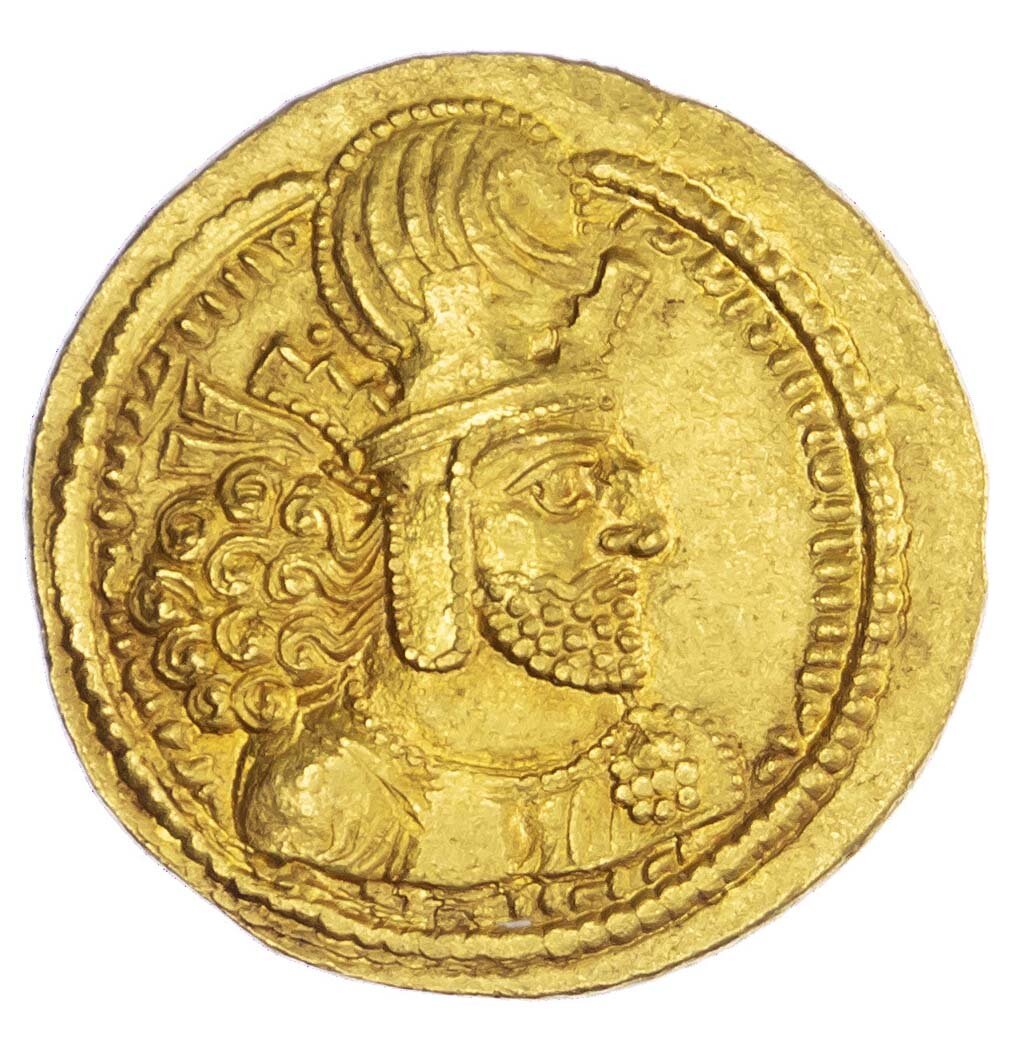Expert illuminates crucial role of lab studies in historical coin conservation

TEHRAN - Sheiba Khadir, a senior expert affiliated with the Research Institute for Conservation and Restoration of Historical and Cultural Artifacts, has emphasized the importance of laboratory studies in the restoration of historical coins.
She made the remarks on Monday addressing the 13th Biennial Conference on the Conservation and Restoration of Historical-Cultural Artefacts and Architectural Decorations, in which many experts delved into the practical actions for the ongoing and future projects.
In her lecture, Khadir highlighted significant findings from recent research conducted at the Institute's Metal Conservation Workshop, CHTN reported.
In addition, the expert explained that many coins, appearing silver due to environmental deposits and tarnishing, were often mistaken for pure silver. “However, detailed laboratory analysis revealed different alloys or silver-coated coins.”
She also noted the challenges posed by heavily corroded copper-silver coins buried underground, where copper corrosion products sometimes obscure identification.
Khadir emphasized the use of various methods in coin studies to illuminate the economic, social, and political conditions at the time of minting. Techniques like PIXE (Particle Induced X-ray Emission) and X-ray fluorescence are particularly favored due to their accuracy and non-destructive nature.
In addition, the expert stressed that coins must first be meticulously cleaned to remove any contamination. This underscores the critical role of systematic restoration processes in preserving historical findings.
Khadir also introduced different methods for studying coins produced through both hammer and machine minting, highlighting the significance of laboratory studies in this field.
In 2022, the Museum of Bank Melli Iran published a book on coins and coinage during the Sassanid era (224–651).
Co-authored by senior researchers Daryoosh Akbarzadeh and Nikolaus Schindel, the book titled “Catalogue of the Sassanian Coins” turns the spotlight on the precious Piruzan Collection, which is kept at the major museum in downtown Tehran.
Around 220 CE, the Sasanian dynasty of Iran introduced the concept of thin flan coins, issues that were struck in relief on both sides. In order not to produce intolerable stresses on the dies, since the thinner the material the more force necessary to make it flow into the recesses of the die’s design, the depth of relief on such coins was of necessity much shallower than with earlier currency.
Moreover, such techniques spread by way of Byzantium to Northern Europe, where the emperor Charlemagne struck thin flan deniers (small silver coins), or pennies, which became characteristic of both his own and neighboring kingdoms.
AM
Leave a Comment